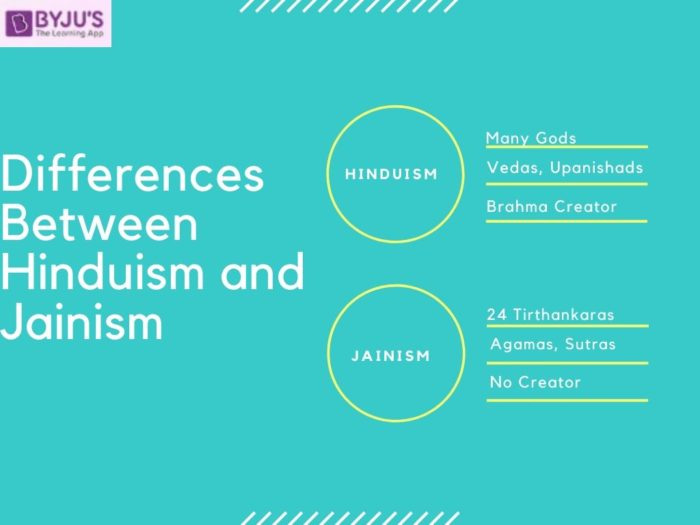Where is the Original Bhagavad Gita Kept? A Historical Exploration
The Bhagavad Gita stands as one of the most profound philosophical texts in world literature and holds supreme importance in Hindu tradition. As scholars and devotees alike search for connections to its origins, a common question arises: where is the original Bhagavad Gita kept? This question, while straightforward, opens a fascinating journey through textual history, archaeological findings, and the evolution of sacred knowledge transmission in ancient India.
The Oral Origins of the Bhagavad Gita
To understand why there isn’t a single “original” manuscript, we must first appreciate the Vedic tradition of knowledge transmission. The Bhagavad Gita, composed approximately between 400 BCE and 200 CE, emerged within a culture that prioritized oral transmission through sophisticated memorization techniques.
Historical evidence suggests that for several centuries, the text existed solely in oral form, carefully preserved through the guru-shishya (teacher-disciple) tradition. The rigorous methods of memorization included:
- Pada-pāṭha: word-by-word recitation
- Krama-pāṭha: recitation of overlapping word pairs
- Jaṭā-pāṭha: a more complex pattern of forward-backward recitation
These techniques ensured remarkable textual fidelity even before writing was employed.
The Transition to Written Form
The earliest written versions of the Bhagavad Gita likely appeared after the 3rd century CE, coinciding with the wider adoption of writing for sacred texts in India. Historical records indicate several key developments:
Early Manuscript Materials
- Palm leaf manuscripts (tālapatra): The earliest surviving written versions were inscribed on dried palm leaves using a sharp stylus, with ink rubbed into the engravings. These were particularly common in South India and could last several centuries in proper conditions.
- Birch bark (bhūrja-patra): In northern regions, especially Kashmir, birch bark was the preferred medium for early manuscripts, some dating to the 10th-11th centuries CE.
- Paper manuscripts: After the introduction of paper-making technology to India around the 12th century CE, paper gradually became the dominant medium for newer copies.
Oldest Known Manuscripts
Archaeological and historical research has uncovered several significant early manuscripts:
- The Shāradā Script Manuscripts (c. 10th-11th century CE): Among the oldest surviving Bhagavad Gita manuscripts are those written in the Shāradā script of Kashmir. The Shāradā script was predominantly used in northwestern India until the 19th century and was particularly associated with scholarly and sacred texts.
- The Alwar Manuscript (1550 CE): Housed in the Government Museum at Alwar, Rajasthan, this is one of the earliest dated and complete manuscripts of the Bhagavad Gita with commentary.
- The Raghunātha Temple Manuscript (c. 1500 CE): This manuscript, preserved in the Raghunātha Temple Library in Jammu, represents one of the oldest complete versions with the traditional 700 verses.
- The British Library Manuscript (c. 1648 CE): This illuminated manuscript is considered one of the finest examples of Bhagavad Gita manuscripts from the Mughal period.
Major Historical Collections
Several institutions house significant collections of ancient Bhagavad Gita manuscripts:
In India
- Bhandarkar Oriental Research Institute (Pune): Contains over 30,000 collected manuscripts, including numerous versions of the Bhagavad Gita. The institute was instrumental in creating the Critical Edition of the Mahabharata (completed in 1966), which included a scholarly reconstruction of the Bhagavad Gita based on manuscript comparison.
- Sarasvati Mahal Library (Thanjavur): One of India’s oldest libraries, established in the 16th century, containing palm leaf and paper manuscripts of the Gita dating back several centuries.
- National Museum (New Delhi): Houses several historically significant manuscripts, including illustrated versions from various periods.
- The Oriental Research Institute (Mysore): Established in 1891, this institute preserves numerous manuscripts of the Mahabharata, including sections containing the Bhagavad Gita.
International Collections
- British Library (London): The collection includes several important manuscripts collected during the colonial period.
- Bodleian Library (Oxford): Contains significant Sanskrit manuscript collections including Bhagavad Gita texts.
- Bibliothèque Nationale de France (Paris): Houses several important Sanskrit manuscripts, including copies of the Bhagavad Gita.
Historical Commentaries and Recensions
The development of the Bhagavad Gita can also be traced through its major commentaries, which often preserved particular recensions or text versions:
- Adi Shankara’s Commentary (c. 8th century CE): The earliest surviving commentary that helped establish the Gita as a foundational Vedantic text.
- Ramanuja’s Commentary (c. 11th century CE): Vishishtadvaita interpretation that became influential in Vaishnavite traditions.
- Madhvacharya’s Commentary (13th century CE): Offered the Dvaita philosophical perspective on the text.
- Abhinavagupta’s Commentary (10th-11th century CE): Representing the Kashmir Shaivite interpretation.
Each commentary not only offered philosophical interpretation but often preserved specific manuscript traditions.
Regional Variations and Recensions
Scholars have identified several recensions of the Bhagavad Gita that developed in different regions:
- The Kashmir Recension: Contains 745 verses with some significant variations from the more commonly accepted 700-verse version.
- The Southern Recension: Typically contains exactly 700 verses and is the basis for most modern printed editions.
- The Jñāneśvarī (13th century CE): Not strictly a manuscript but a significant Marathi adaptation and commentary by Sant Jñāneśvar that became highly influential in western India.
Modern Discoveries and Ongoing Research
Archaeological and textual research continues to uncover new information about early Bhagavad Gita manuscripts:
- In 1992, a collection of manuscripts was discovered in a temple in Gujarat containing several previously unknown commentaries on the Bhagavad Gita dating to approximately the 15th century.
- Recent carbon dating of certain palm leaf manuscripts from private collections in Kerala has identified samples potentially dating to the 12th century CE.
- Digital preservation projects by institutions like the Indira Gandhi National Centre for the Arts are creating accessible archives of these ancient texts.
Conclusion: A Living Textual Tradition
The question “Where is the original Bhagavad Gita kept?” ultimately reveals the unique nature of India’s textual heritage. Rather than existing as a single authoritative document, the Bhagavad Gita represents a living tradition that has been preserved through multiple channels:
- Oral recitation: Continuing the ancient tradition of memorization and recitation
- Manuscript preservation: Through thousands of handwritten copies across centuries
- Commentarial tradition: Through philosophical elaborations that preserved and transmitted the text
- Ritual incorporation: Through its use in daily religious practices
This multifaceted preservation has ensured that while no single “original” manuscript exists, the essence and teachings of the Bhagavad Gita remain accessible to us today—perhaps more faithfully than many other ancient texts with simpler transmission histories.


